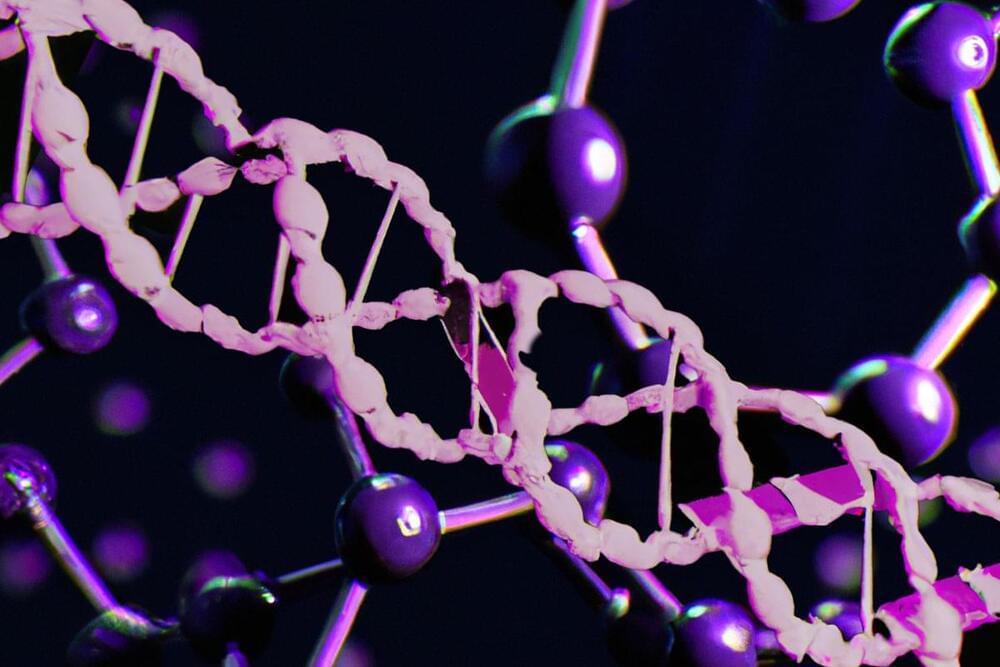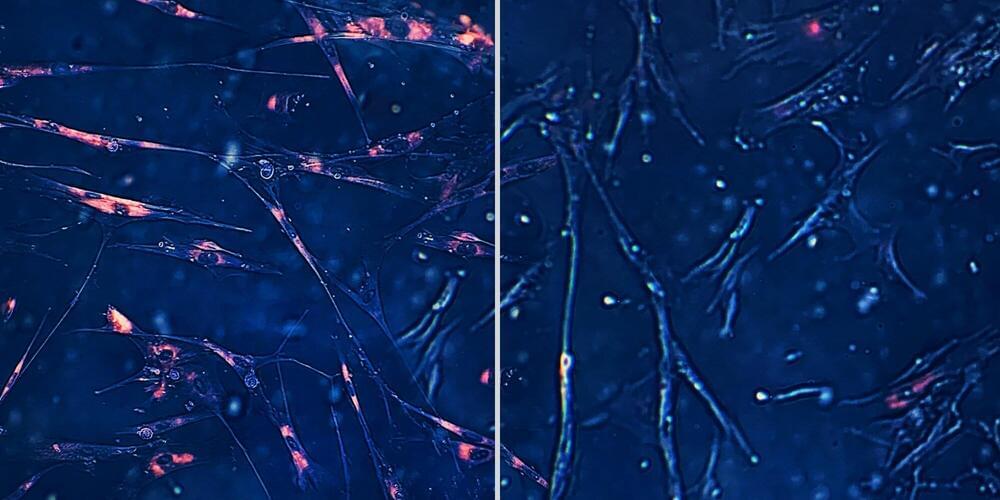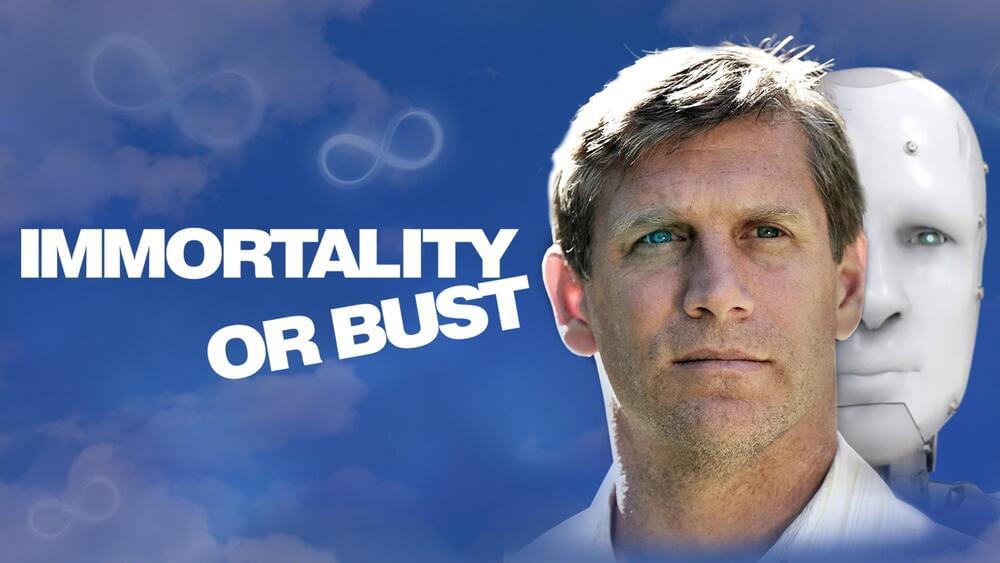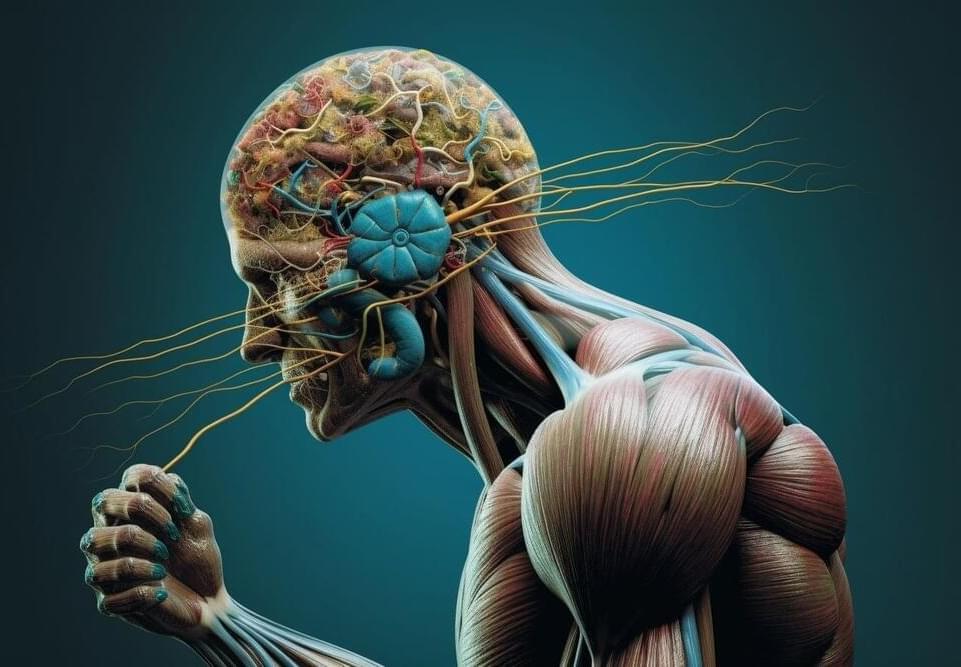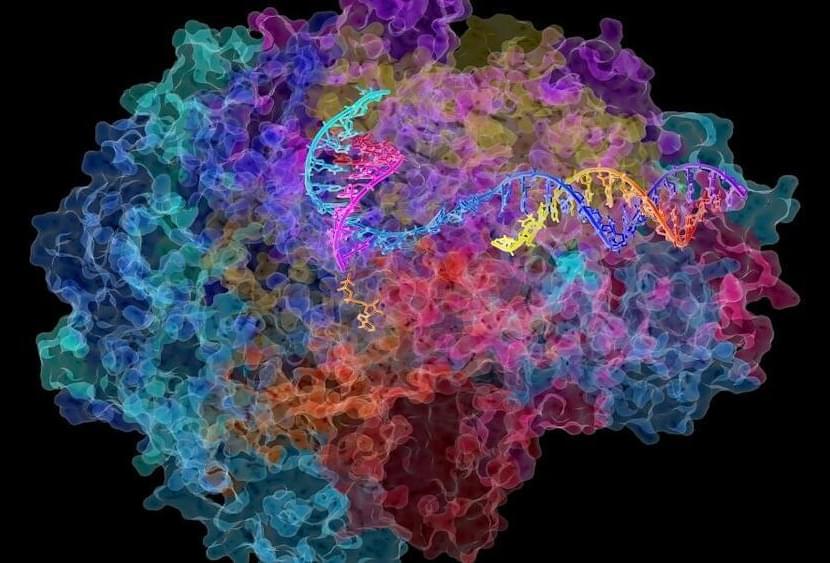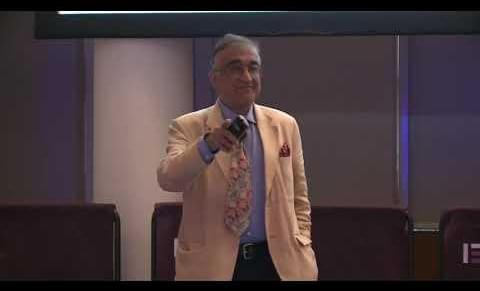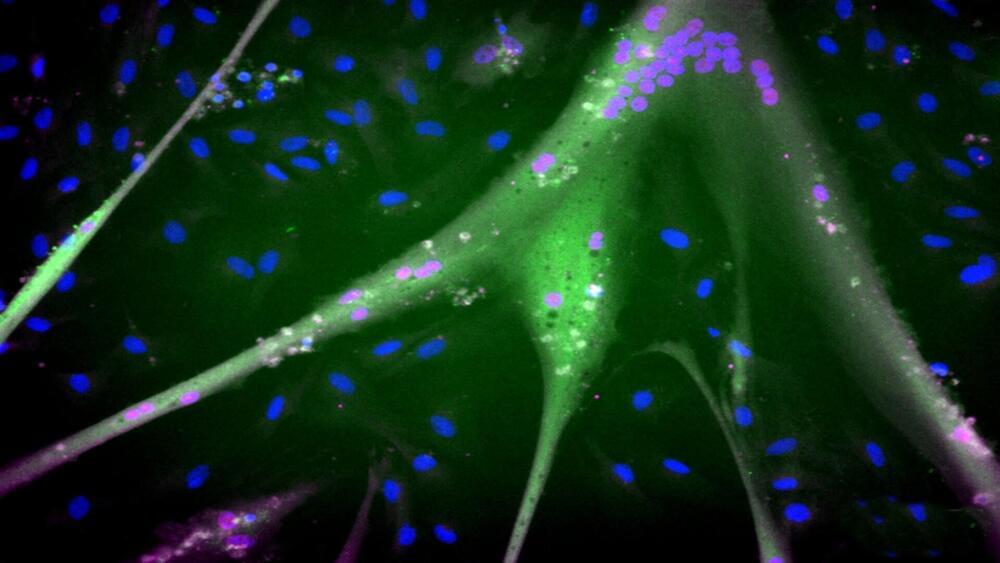May 18, 2023
How To Minimize Ageism Through The Use Of AI
Posted by Shubham Ghosh Roy in categories: business, life extension, robotics/AI
Dr. Sylvain Moreno is chief executive officer and scientific director of Circle Innovation.
Artificial intelligence (AI) holds great promise in the fight against ageism, and future technologies powered by AI can be a first step to ensure older adults are fully involved in the processes, systems and, ultimately, services that will affect them throughout the aging journey.
Healthcare providers, governments, academia, not-for-profits and businesses can ensure that AI is not only strengthening healthcare for older adults but also empowering them to meet their individual needs.


